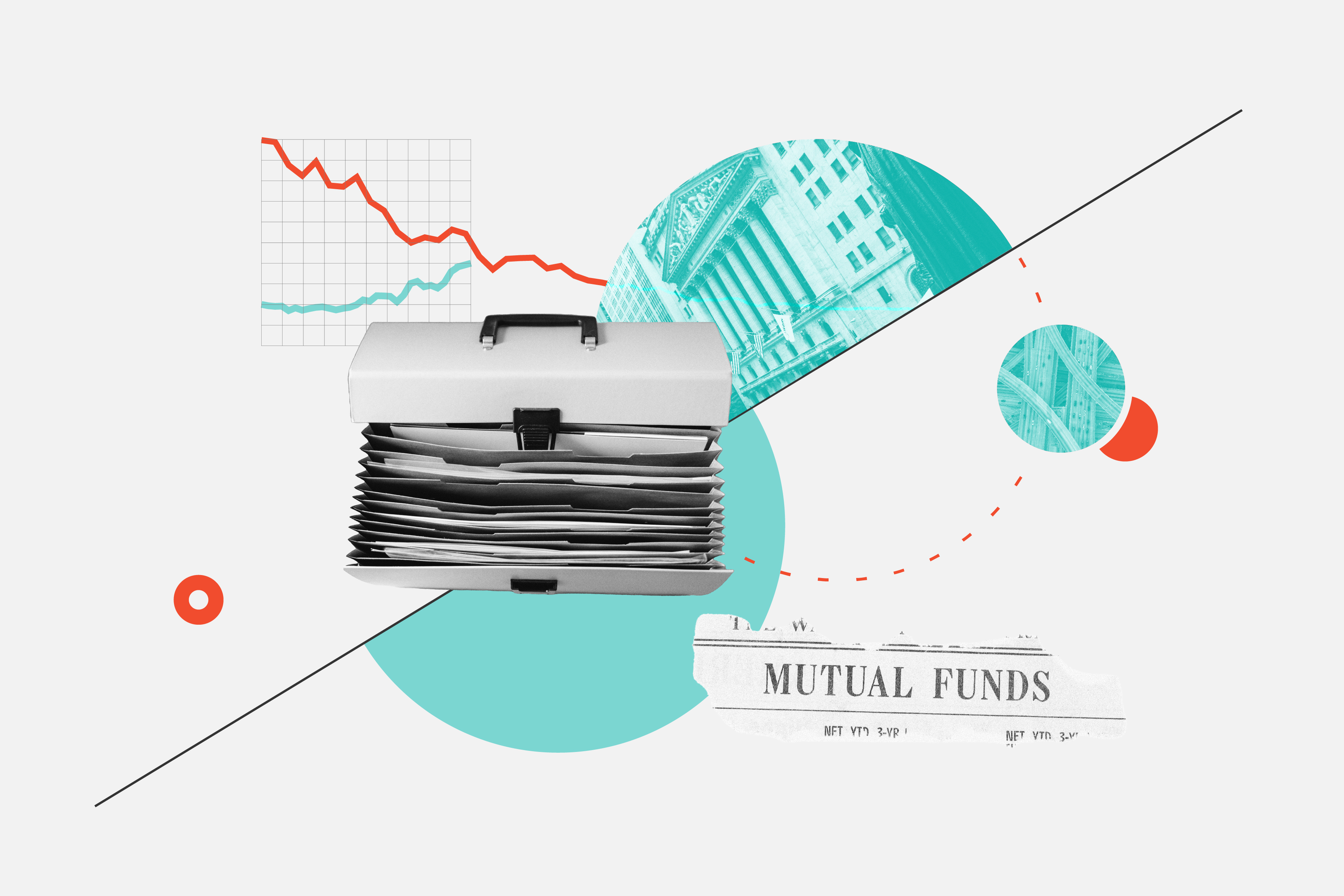
The 2008 global financial crisis left deep scars on investor psychology, and many have spent the last decade searching for signs that the next crisis is coming. While the risk of a crisis is never zero, we think investors are fighting the last war by focusing on financial crisis risks. We think the United States will avoid a financial crisis this time around, and this is a key pillar of our US economic thesis.
The Federal Reserve has adopted a no-holds-barred approach to supporting the financial system. This reflects lessons learned from 2008, as well as the fact that (unlike in 2008) the Fed isn't worried about bailing out irresponsible actors, as financial-system stress is due to an external event (coronavirus pandemic) rather than excess risk-taking in the financial system. This has quelled financial panic and liquidity concerns.
Meanwhile, the banking system is far better capitalised now, and underlying vulnerabilities, which could cause capital losses for the banks are far milder than prior to 2008. In particular, we see no boom in private borrowing akin to the household debt bubble of the 2000s (Exhibit 1). Of course, a doomsday scenario in which the pandemic sinks the real economy could also bring down the financial system, but we think aggressive fiscal support and the eventual development of a vaccine will prevent this.
Exhibit 1. Current risks pale in comparison with household debt bubble in run-up to 2008
Source: The Fed, Morningstar
Key Takeaways
Avoiding a Financial Crisis Remains a Key Pillar of our U.S. Economic Thesis
We examined the history of global recessions in-depth. Many of the worst recessions were accompanied by a financial crisis. We think the U.S. will steer clear of a financial crisis during the COVID-19 recession. This is fundamental to our projection of just a 1 per cent hit to long-run US GDP, far milder than the post-GFC impact to long-run GDP.
We focus on the risks of a banking crisis, which is by far the most common type of severe financial crisis for an advanced economy like the US banking crises come in two main flavours: liquidity crises and capital crises, and we analyse the risks of both.
Unlike in 2008, Moral Hazard Won't Hamstring the Fed's Support of the Financial System
A key factor inhibiting central bank intervention in a typical financial crisis (such as 2008) is the moral hazard problem, or the fear that bailouts will reward bad behaviour and thereby corrode the long-term efficacy of the financial system. However, we argue the moral hazard problem is virtually non-existent in the case of the COVID-19 recession (as the cause of financial stress is the pandemic, not bad behaviour in the financial system). This helps explain the Fed’s massive and unconstrained response to the crisis so far.
A Liquidity Crisis Has Been Averted Thanks to Aggressive Fed Intervention
The Office of Financial Research's financial stress index reached a near-term peak in March 2020 but remained well below 2008 highs. Since then, financial stress has receded greatly thanks to a wide array of intervention programs.
Financial System Excesses Going Into This Recession Were Much Smaller Than in the Run-Up to the 2008 Crisis
Housing prices (a reliable measure of financial crisis risk) weren't overheated. Overall private sector borrowing has diminished greatly since 2008, as the once spendthrift household sector has tightened its belt substantially.
U.S. Banks Are Far Better Capitalised Than They Were Going Into 2008
Key capital ratios have improved by 50 to 60 per cent over the past decade. This capital should be ample to cover potential losses in the riskier parts of banks' balance sheets, such as leveraged loans or lending to sectors hard hit by COVID-19 (like restaurants, tourism and, energy).
Government Support is Propping Up Private Sector Income
Personal disposable income is up substantially so far in 2020, as the impact of fiscal stimulus has more than offset the fall in pretax income. Even if no further stimulus is passed, we estimate that total US private sector after-tax income will be up about 9% in 2020 thanks to this boost. This will keep most private balance sheets in good shape, and help prevent a wave of defaults, which could destabilise the financial system.
Business Sector Debt Build-up Isn't a Replay of the Housing Bubble
Much of the analysis on financial crisis risks has focused on the business sector, which has increased its debt to GDP to 75% at year-end 2019. This is far less severe than the household debt build-up during the housing bubble. Leverage in the non-corporate business sector is more elevated than in the corporate sector. However, thanks to falling interest rates, interest coverage ratios for non-corporate businesses are in good shape relative to their long-term history, despite the increase in leverage.








.jpg)











